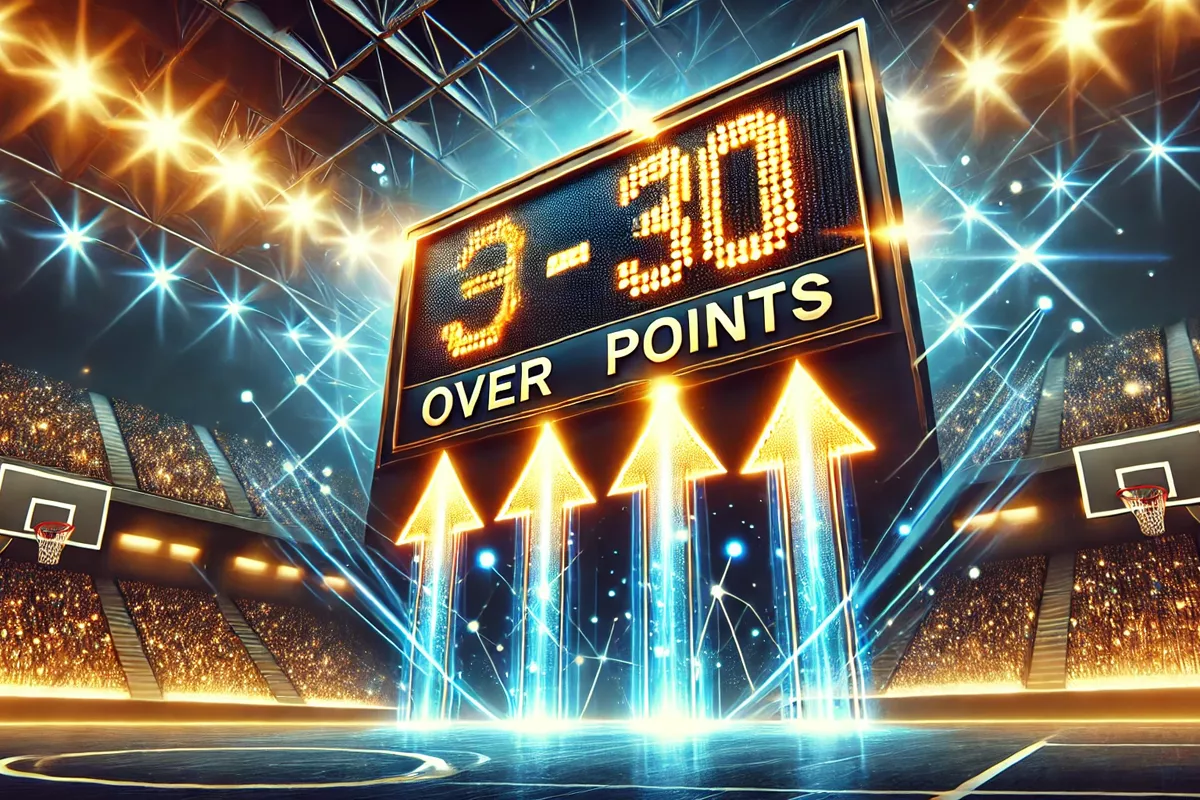In modern football (soccer), the role of the goalkeeper has evolved. One term you might hear often is “sweeper keeper.” But what exactly does it mean? A sweeper keeper is a goalkeeper who doesn’t just stay in the penalty area waiting to make saves; they actively come out of the box to intercept passes, clear the ball, and play like a defender. In simple terms, they combine the skills of a goalkeeper with the duties of a sweeper, making them an important part of both the team’s defense and its build-up play. Let’s dive into the details of what a sweeper keeper does and why they’re so important.
Table of Contents
ToggleWhat is a Sweeper Keeper?
A sweeper keeper is a goalkeeper who plays a more aggressive and proactive role. Instead of sticking close to the goal, they move higher up the field to cut out attacks before they even get to the defensive line. Think of them as a hybrid between a traditional keeper and a field player. The idea is that they “sweep” up any balls that get past the defense, acting almost like an extra defender. They also play a key role in starting attacks by distributing the ball quickly to their teammates.
What Does a Sweeper Keeper Do?
Here are some of the key responsibilities of a sweeper keeper:
- Leaving the Box: Sweeper keepers often come out of the penalty area to intercept through balls or long passes. By doing this, they prevent opponents from getting clear chances to score.
- Ball Distribution: A sweeper keeper is usually good with their feet. They don’t just punt the ball downfield; they look to pass it accurately to start counterattacks or maintain possession.
- Anticipating Play: Sweeper keepers read the game well. They anticipate where the ball will go and position themselves accordingly, acting almost like an additional defender when needed.
- High Risk, High Reward: Playing as a sweeper keeper is risky. If they mistime a challenge or misread a pass, they leave the goal open. But when done well, it can completely neutralize attacking threats before they become dangerous.
Sweeper Keeper vs. Traditional Keeper
The biggest difference between a sweeper keeper and a traditional goalkeeper (or stopper) is positioning and play style.
- Traditional Keeper: Stays close to the goal and focuses mainly on shot-stopping. They are reactive, waiting for the ball to come to them and only venturing out of the penalty area in rare situations.
- Sweeper Keeper: Is more proactive, coming out of the goal area to deal with balls before they reach dangerous positions. They are often involved in the team’s play outside the penalty box, passing the ball and helping build up attacks.
Historical Background of the Sweeper Keeper
The sweeper keeper role isn’t new, but it has gained more attention in modern football, thanks to changes in tactics. Historically, goalkeepers like Lev Yashin, the legendary Soviet goalkeeper, were early examples of keepers who liked to take command of their area. However, it was Manuel Neuer of Germany who really brought the role into the spotlight in recent years. Neuer’s performances, especially during the 2014 World Cup, showed how a goalkeeper could be almost like a defensive sweeper and a playmaker rolled into one.
Famous Sweeper Keepers
Some of the best goalkeepers in the world have made their mark as sweeper keepers. Here are a few famous examples:
- Manuel Neuer (Germany, Bayern Munich): Neuer is often considered the modern master of the sweeper keeper role. His ability to read the game and come off his line to clear danger is unmatched.
- Ederson (Brazil, Manchester City): Known for his incredible distribution skills, Ederson often acts like an extra defender for City, playing long, accurate passes to start attacks.
- Alisson Becker (Brazil, Liverpool): Alisson combines excellent shot-stopping abilities with the vision and composure to play out from the back, making him one of the top sweeper keepers today.
How Sweeper Keepers Have Changed Football
The rise of the sweeper keeper has changed how teams defend and build up attacks. With a sweeper keeper, teams can push their defensive line higher up the field, knowing the goalkeeper can act as a safety net behind the defense. This allows teams to dominate possession and press their opponents more effectively. In modern football, having a keeper who is comfortable with the ball at their feet and can read the game well is becoming increasingly important.
Conclusion
In short, a sweeper keeper is more than just a shot-stopper—they’re a crucial part of both defense and attack. By moving out of the box to intercept plays and confidently distributing the ball, they help their team control the flow of the game. It’s a risky role, but when done right, it can make all the difference. Players like Manuel Neuer and Ederson have shown how this style of goalkeeping can elevate a team’s performance.
Curious to see how a sweeper keeper can change the game? Keep an eye out next time you watch football, and you’ll spot them in action! Want more insights into football tactics? Check out Bet Picks Pro and get daily expert tips sent straight to your phone!
Written By
With 15 consecutive years of profitable seasons, Steven Wilson stands as a seasoned Sports Betting Expert. Specializing in NFL/NCAAF, NBA/NCAAB, NHL, MLB, and PGA golf, Steven has mastered the art of strategic betting. Leveraging his background in Finance & Investment, he has guided thousands to boost their income through sports betting. Whether you're looking to make smarter bets or seeking a reliable secondary income stream, Steven's expert insights and proven track record make him the undisputed authority in the world of sports betting.
Turn Your Passion For Sports Into Profits
Get monthly picks direct to your phone. Start your 14-day FREE Trial Today.
By Beginning your Free Trial, you agree to Bet Picks Pro Terms & Conditions and Privacy Policy.
You may also like
Bootleg in Football: Definition & Tactical Purpose
Let’s talk about one of football’s sneakiest and most versatile plays: the…
3 Different Types of Betting Odds
The first time I heard about betting odds was in Rounders. You’ve probably seen…
What Does Over 30 Points Mean in Sports Betting?
If you’re new to sports betting, phrases like “Over 30 points” might seem a…




